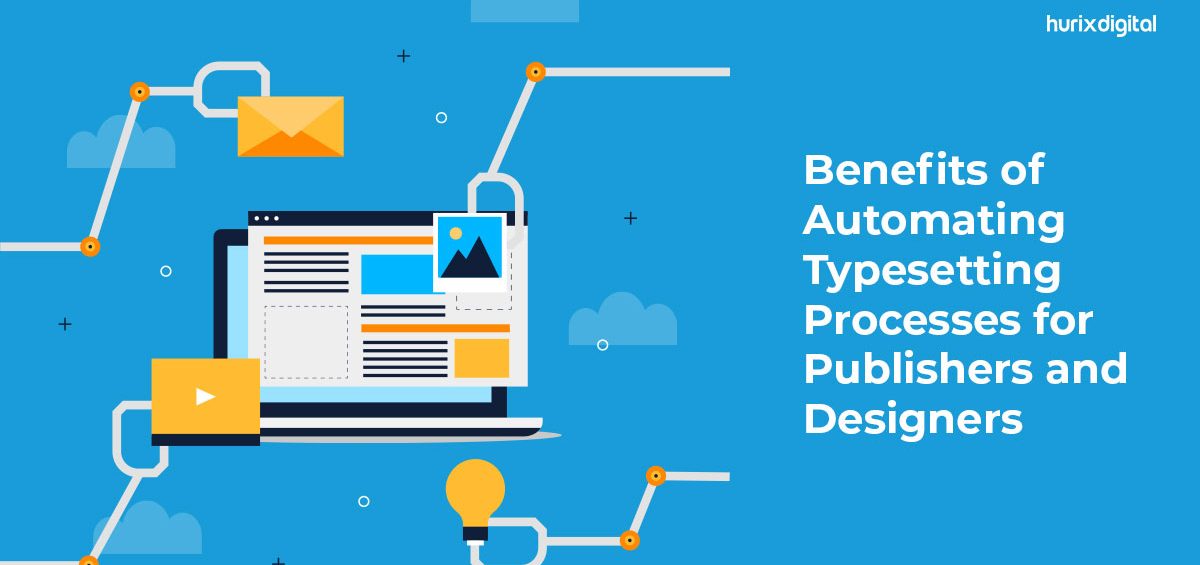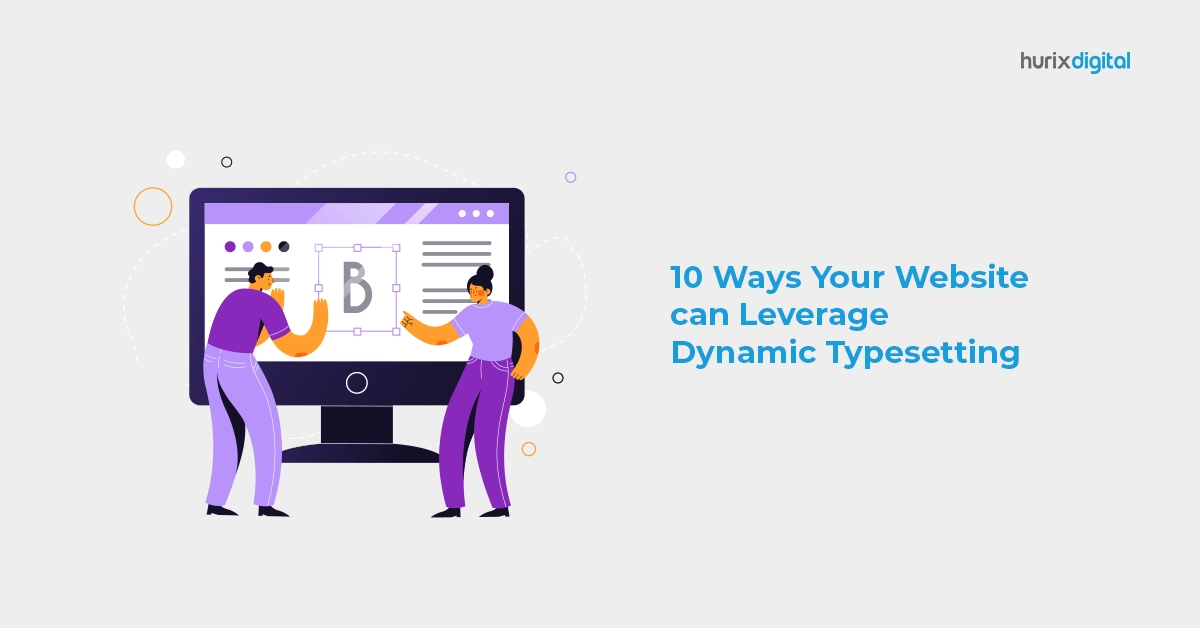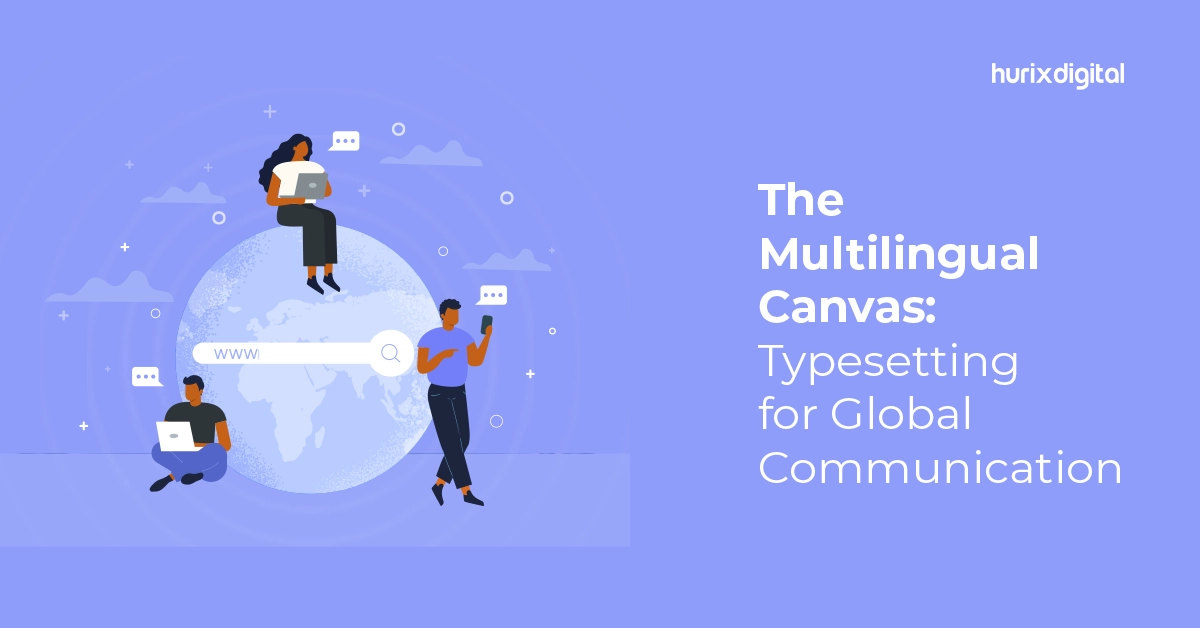Today, automation is touching almost every walk of life. This technology brings several benefits – from reducing the amount of manual work to delivering higher Return On Investment (ROI) for businesses.
One of the industries where automation is already playing a significant role is the publishing industry. Today, there is a growing demand for the production of superior quality ebooks, audiobooks, textbooks for K12 and beyond, slide presentations, and journals. The book publishing market is projected to grow from $96.1 billion in 2023 to $ 141.7 billion in 2033.
However, many publishers today are still working with outdated systems and processes. The profitability of publishers will depend on their ability to automate processes such as book typesetting, which have traditionally taken up a significant amount of manual work.
In this blog, we explain what typesetting is in publishing and how automating the typesetting process can help publishers and designers accelerate production and drive profitability.
Also Read: Balancing Automation and Human Touch in Typesetting: Finding the Right Blend
Table of Contents:
- What is Typesetting in Publishing?
- LaTeX Vs. Word: Which is Right for Publishers?
1. LaTeX
2. Word - Top 5 Benefits of Automating Typesetting
- Final Thoughts
What is Typesetting in Publishing?
If you’re wondering what a typesetter is, you’re in the right place.
Typesetting is a key step in the publishing work cycle. The role of book typesetting is to ensure that the product is well-formatted and easy to read. The layout of text and images must be spaced out well and appealing to the eye. It should not be cluttered and chaotic, thus compromising the readability of the book or journal.
Today, many tools are available to ensure high typesetting quality. Typesetting automation is proving to be an effective technology in transforming this function. It is helping raise the standard of book publishing and enabling businesses to scale much faster.
LaTeX Vs. Word: Which is Right for Publishers?
Choosing the right book typesetting tools is pivotal in helping publishers raise their productivity and quality. Here is a comparison of two commonly used tools:
LaTeX
- Digital typesetting tools such as LaTeX enable designers to bring in more customization of typesetting. For instance, using this tool when publishing scientific journals helps automatically generate high-quality formatting for aspects like the sections, citations, formulae, figures, table of content, a listing of referencing, and cross-referencing.
- LaTeX offers a range of templates that help designers quickly arrive at the formatting design.
- This software is portable across platforms, thus making it easy to switch from one device to another.
- LaTeX automatically saves all changes, thus removing any risk of data and formatting losses.
Word
- Word document system offers a much more basic formatting experience that demands extensive manual formatting. It especially gets challenging when content requires inputs such as equations and citations.
- Another key challenge with Word is that its compatibility may vary across various devices.
- Formatting any document comes with the risk of losing a lot of data when it comes to Word, where you need to keep saving your work.
Considering all these factors, LaTeX is becoming the platform of choice for publishers today. It is completely revolutionizing typesetting and interior page layout in the publishing world. Even publishers with limited design capabilities can learn how to typeset a book through such tools.
You can also partner with a typesetting service provider to accomplish all your page design goals, from less complex pagination levels to complex design projects.
Top 5 Benefits of Automating Typesetting
Here is a snapshot of how automation can enhance the typesetting process and help publishers benefits in multiple ways:
-
Reduced Manual Efforts
Formatting a book or journal has traditionally been a labor-intensive process. Designers had to manually lay out text and images for each page, including references, table of contents, and formulae. This is a time-consuming process that requires several iterations. With the introduction of automated book typesetting, publishers can work effectively with lean teams and reduce human effort.
-
Enhanced Quality of Output
Automated tools such as LaTeX come equipped with a wide range of templates and features that enable publishers and designers to raise the overall quality of publications.
It also enables multi-lingual typesetting, as well as formatting complex mathematical formulae with ease. It can help produce highly customized and unique documents that stand out from the clutter.
-
Higher Efficiency
Another benefit of automation is that it can lead to fewer errors and duplication during the typesetting process. All stakeholders, such as editors, authors, and designers engaged in the pre-press process, can collaborate seamlessly.
Editors and designers can keep track of every edit and return to the drawing table to make changes from scratch.
Designers can expedite basic processes and dedicate more time to creative experimentation that elevates the standard of the publication.
-
Easy to Scale Up
As the production cycle gets expedited, publishers can go to market quicker with new books, textbooks, marketing material, and scientific journals. An expedited and efficient production process gives them an edge over competitors, all looking to capture more market share in a dynamic digital world.
-
Higher ROI
Ultimately the success of any business lies in its ability to grow profitability. The introduction of automation in publishing cycling enables publishers to become more efficient in their production processes.
They can streamline investments into human resources and produce more products in a shorter, limited period. All these factors collectively contribute to helping businesses cut costs, conserve cash and drive profitability.
Also Read: Top Automation Tools for Efficient Typesetting Workflows
Final Thoughts
Today, publishers and designers are looking to enhance the quality of the books produced by them. They also aim to expedite the speed at which they work to build a competitive world. Automating book typesetting processes with cutting-edge tools is an investment toward this goal.
Access to the right technology helps reduce costs and manual efforts, bringing more efficiency to the entire publishing workflow. These efforts collectively and ultimately contribute towards assisting publishers in building a sustainable business and staying relevant in a digital world.
If your company wants to transform its book typesetting processes, Hurix Digital will support you in meeting all your publishing needs. We work with publishers worldwide, providing typesetting services for books, textbooks, journals, and periodicals.
Get in touch with us to start a conversation.











